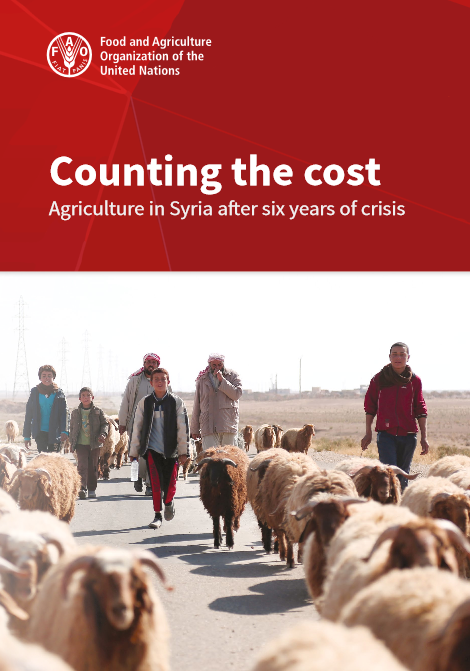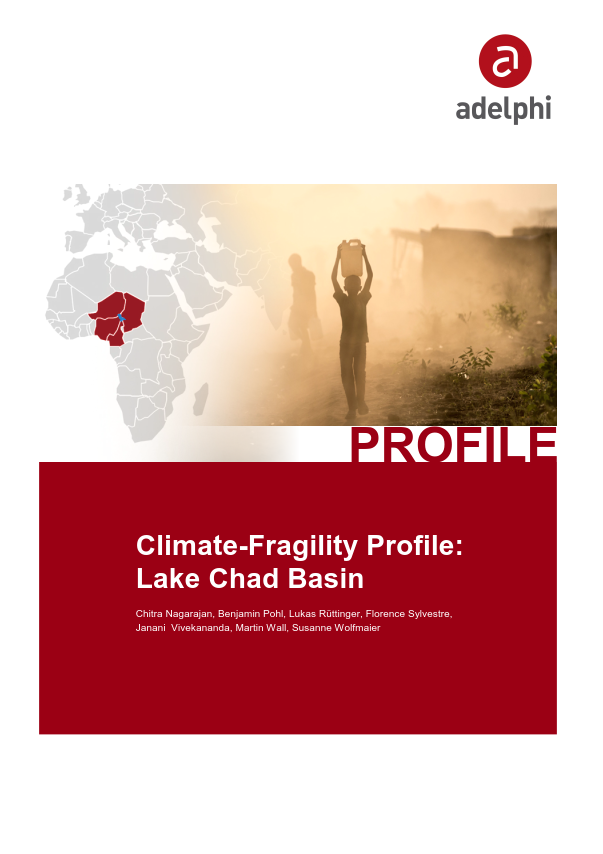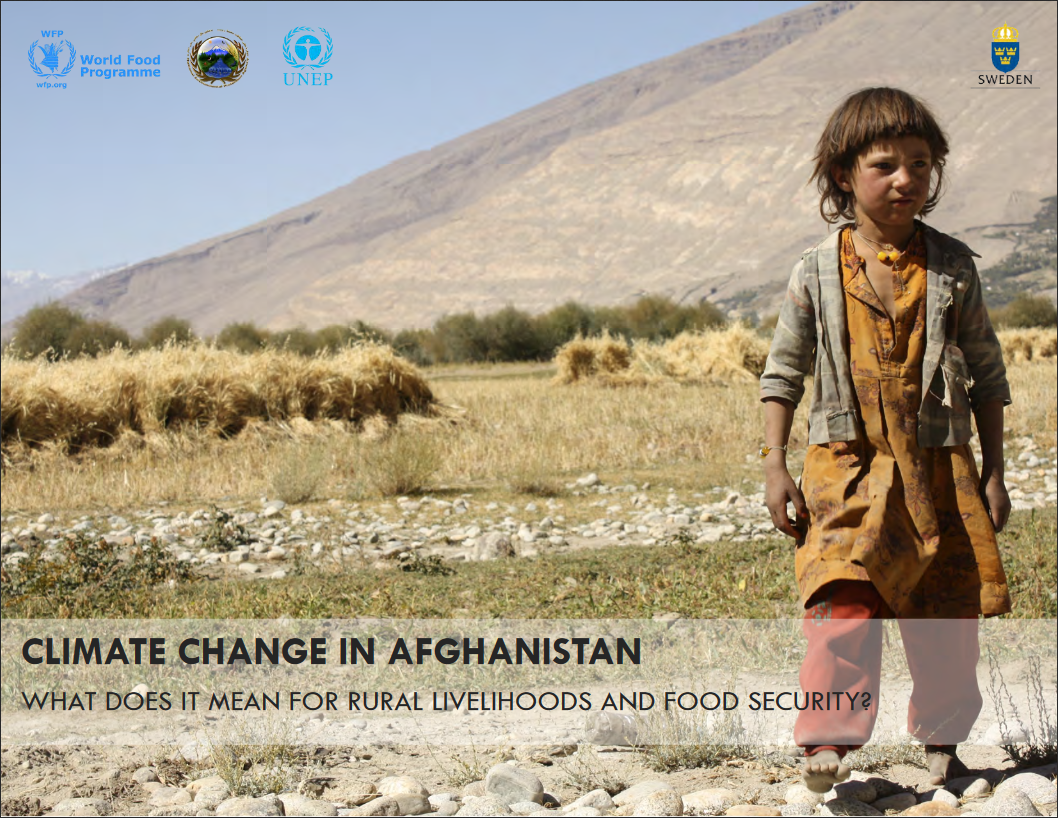Counting the Cost: Agriculture in Syria after six years of crisis
Despite six years of crisis in Syria, agriculture remains a key part of the economy. The sector still accounts for an estimated 26 percent of gross domestic product (GDP) and represents a critical safety net for the 6.7 million Syrians – including those internally displaced - who still remain in rural areas. However, agriculture and the livelihoods that depend on it have suffered massive loss. The Food and Agriculture Organization of the United Nations (FAO) has now conducted the first comprehensive nationwide assessment on the cost of the war to the agriculture sector.









